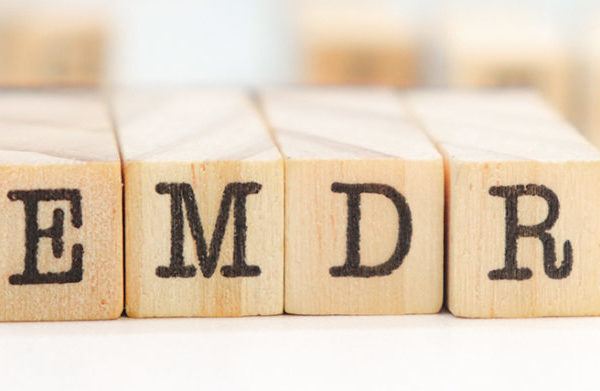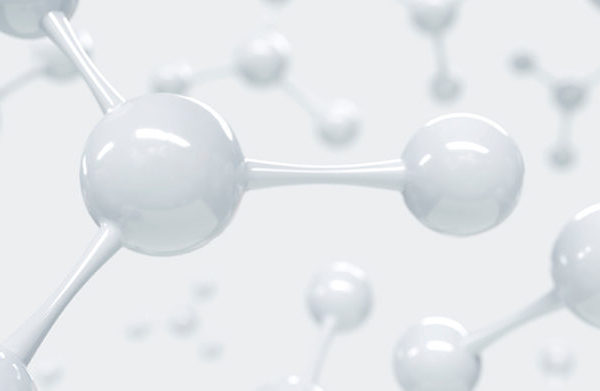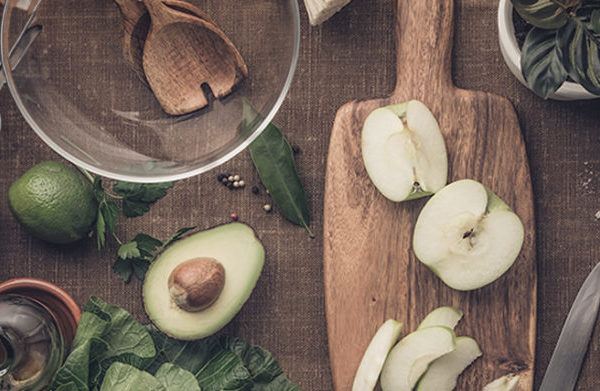
SHA Magazine Health & Beauty
Menopause: a rollercoaster ride that affects insulin resistance
During menopause, things continue to happen in a woman’s body. The drop in oestrogens is involved in many more processes than it was believed a few years ago. For example, a study conducted at the University of Texas has revealed that oestrogens are crucial in the mechanism that decreases insulin resistance and glucose production and, thus, there is a lower incidence of type 2 diabetes in women of childbearing age.
“Oestrogens have many functions at all levels. When menopause is reached, cardiovascular risk increases, because cholesterol production is also affected, and more dyslipaemias develop, muscle mass decreases and the risk of osteoporosis increases. Also, there is an increased risk of depression and of changes at the sexual level. Insulin resistance is linked to all of that,” says Dr. Anna Baeza, coordinator of medical services and natural therapies at SHA Wellness Clinic.
The oestrogen deficiency that accompanies menopause is associated with increased insulin resistance and impaired regulation of metabolic homeostasis. Both circumstances contribute to the development of obesity and type 2 diabetes. And this has been demonstrated both in animal and human models. Although the exact contribution of oestrogen-specific action to metabolic changes has yet to be elucidated.
Recent research on the prevalence of type 2 diabetes reveals important gender differences, especially a lower incidence of the disease in premenopausal women. Clinical studies in animals and humans have shown a strong correlation between oestrogen deficiency and metabolic dysfunction.
“Premenopausal women exhibit higher insulin sensitivity and a lower incidence of type 2 diabetes in comparison with age-matched men. But this advantage disappears after menopause with impaired glucose homeostasis, partly due to a reduction in circulating oestrogen,” the authors write in the conclusions of the University of Texas study.
To modulate the impact on metabolism of the drop in oestrogen that comes with menopause, it is necessary to reach this stage of life with a well-built muscle mass that protects bones and supports the metabolic equilibrium, says Dr. Anna Baeza from SHA Wellness Clinic. “You have to work on building muscle mass during your youth because, later on, with the hormonal changes of menopause and andropause, it will be more complicated. It’s important to reach that age with good lifestyle habits. It will be easier to maintain muscle mass with an already established exercise routine,
Dr. Baeza explains that, with the drop in oestrogen, a reduction in muscle mass is inevitable, unless you exercise and continue to build systematically. On the other hand, another factor complicating the situation is the tendency to accumulate fat, in the case of women in the abdominal area, especially visceral fat, which is associated with insulin resistance. “It is not age that determines the increase in insulin resistance, but the hormonal changes associated with menopause, having been careless about body composition and, consequently, coping with the drop in oestrogen with an imbalance between body fat and muscle,” she says.
In addition to taking care of your muscle mass with an active lifestyle and consistent strength training, there are other nutritional changes that can help reduce insulin resistance.
These include minimising carbohydrate intake and trying to ensure that, if they are consume, they are whole and fibre-rich, as they provide a greater feeling of satiety, help good intestinal transit and reduce blood cholesterol levels.
It is interesting to incorporate vegetable fats into the diet (avocados, olives, nuts, such as walnuts, almonds, hazelnuts, etc., seeds such as linseeds, sesame seeds, hemp seeds, chia seeds, etc., always ground), sunflower seeds, pumpkin seeds, first cold-pressed vegetable oils, olive oil, coconut oil, etc.
Animal protein is recommended, but in a varied way and combined with vegetable protein from legumes (lentils, chickpeas, broad beans, peas, beans, soya beans), nuts and whole grains.
Green leafy vegetables are another good source of protein. When taken in combination with cereals or legumes, they provide the necessary amount of essential amino acids needed by the body. It is advisable to hydrate well and drink at least one and a half litres of water daily.
It is recommended that the last meal of the day be taken at least three hours before going to bed. Finally, chew your food well and practice mindful eating. Enjoy what you eat and savour the food. It all helps to build muscle mass and keep insulin resistance at bay.





